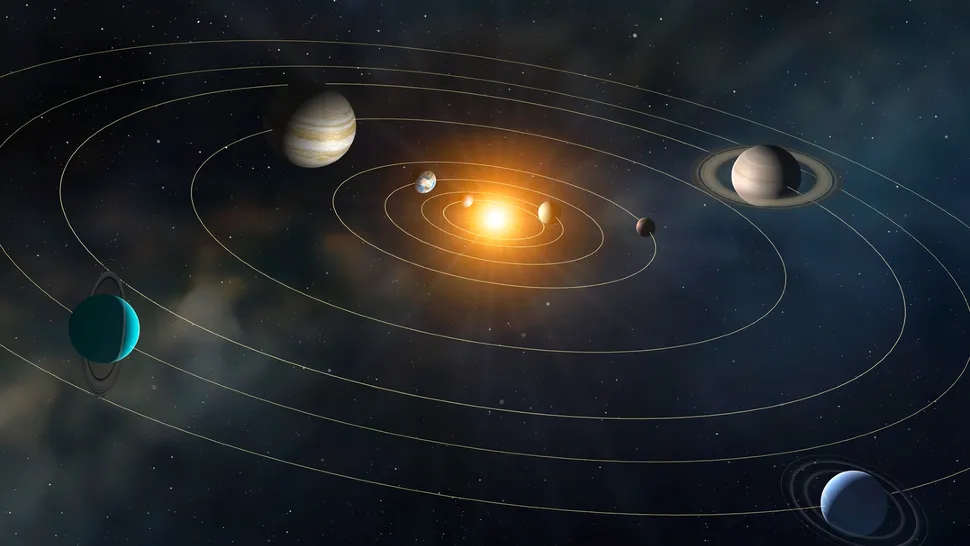Planet Nine might take up to 10,000 years to complete its tilted orbit.
Key Takeaways
- Astronomers have narrowed Planet Nine’s potential location to 22% of its suspected orbit.
- This elusive planet is estimated to be seven times Earth’s mass, orbiting far beyond Neptune.
- The search involves analyzing massive datasets from telescopes like Pan-STARRS and Subaru.
- Researchers created 50,000 fake planets in simulations, missing only 0.1% during tests.
- The upcoming Vera C. Rubin Observatory could confirm Planet Nine’s existence by 2025.
___________
The Hunt for Planet Nine: Closing In on a Mystery
For nearly a decade, astronomers have been on a quest to locate Planet Nine, a hypothetical world believed to exist in the far reaches of our solar system. Proposed in 2016 by Caltech astronomers Michael Brown and Konstantin Batygin, Planet Nine’s existence was suggested to explain peculiar orbital anomalies in Kuiper Belt objects. These icy bodies, located beyond Neptune, exhibit unusually warped orbits, hinting at the gravitational pull of a massive, unseen planet.
Based on research, Planet Nine is estimated to be seven times the mass of Earth, placing it among the largest planets in the solar system. It likely lies between 500 and 600 astronomical units (AU) from the sun, with an elongated orbit taking 5,000 to 10,000 years to complete. However, its exact location and orbital cycle remain unknown, making it an elusive target for astronomers.
Progress in the Search
A recent study, published in the preprint database arXiv, reveals significant progress in the hunt for Planet Nine. Using the Pan-STARRS observatory in Hawaii, researchers analyzed 78% of the planet’s suspected orbital pathway but found no signs of it. The remaining 22% lies in a region too distant for Pan-STARRS to detect.

The search process involves comparing monthly telescope data to identify moving bright objects. To refine their search, the team added over 50,000 simulated Planet Nines to the data. They successfully identified 99.9% of these decoys, reducing the chance of missing the real planet in the examined region.
While Pan-STARRS data was invaluable, the researchers have now turned to the Subaru Telescope, also in Hawaii, for the “next level” of their survey. The Subaru data will help search areas previously out of reach and confirm Planet Nine’s absence in already-checked regions.
What’s Next in the Quest?
If current efforts don’t yield results, the Vera C. Rubin Observatory, set to begin operations in 2025, offers new hope. Its advanced capabilities could scan the entire sky with unprecedented detail, potentially revealing Planet Nine within a year of operation.
Michael Brown, optimistic about the timeline, said, “Within a year of that telescope operating, I think we’ll find it.” With each step, researchers are piecing together the puzzle of Planet Nine, bringing humanity closer to uncovering one of the solar system’s last great mysteries.





Luck in finding it
Thanks for sharing. I read many of your blog posts, cool, your blog is very good.